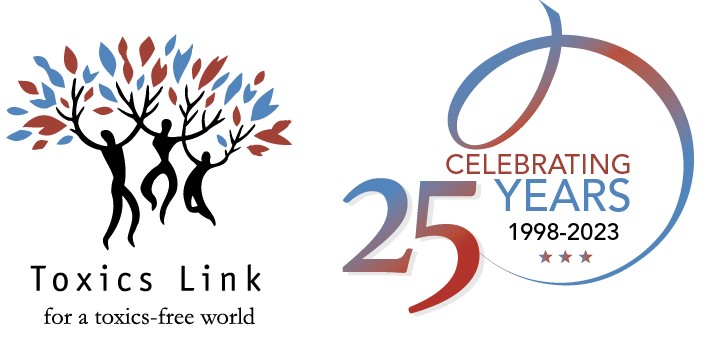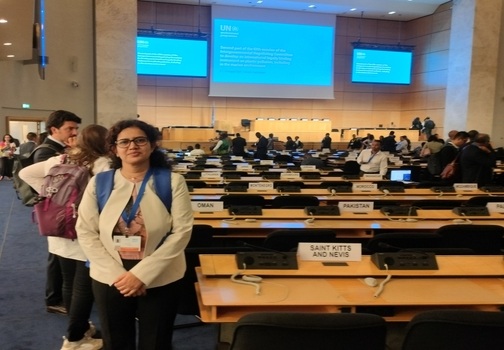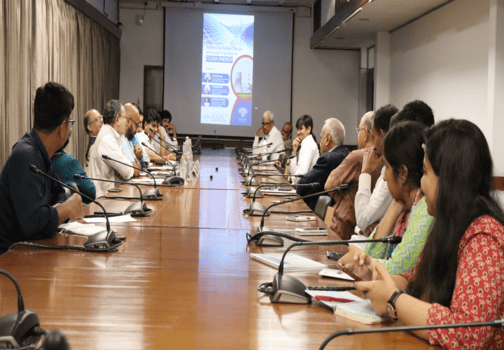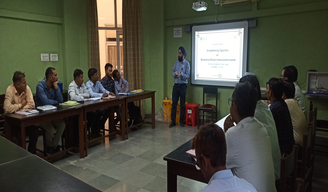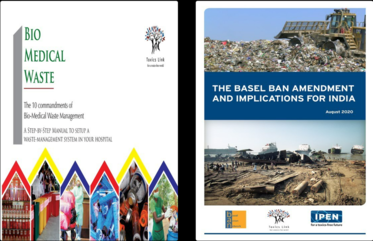Pollution in Rivers
GOVERNMENT OF INDIA
MINISTRY OF JAL SHAKTI
LOK SABHA
UNSTARRED QUESTION NO: 262
ANSWERED ON: 03.02.2022
Pollution in Rivers
Ramesh Chander Kaushik
Jugal Kishore Sharma
Riti Pathak
Will the Minister of JAL SHAKTI be pleased to state:-
(a) whether factors responsible for increasing water pollution during festivals in various rivers of the country including in West Bengal and Yamuna river in Delhi have been identified and if so, the details thereof;
(b) whether any guidelines or advisory have been issued by the Government to the States in this regard and if so, the details thereof;
(c) whether any increase or decrease in pollution level in Yamuna river has been witnessed during the last three years and if so, the details thereof;
(d) whether any steps have been taken by the Government of Delhi in this regard and if so, the details thereof; and
(e) the details of the funds allocated and utilized for this purpose?
ANSWER
THE MINISTER OF STATE FOR JAL SHAKTI
(SHRI BISHWESWAR TUDU)
(a) to (c) Rivers in the country are polluted due to discharge of untreated and partially treated sewage from cities/towns and industrial effluents in their respective catchments, problems in operation and maintenance of sewage/effluent treatment plants, lack of dilution and other non-point sources of pollution. It is the responsibility of the States/Union Territories (UTs), Local Bodies and Industrial Units to ensure required treatment of sewage, industrial effluents to the prescribed norms before discharging into rivers and other water bodies, coastal waters or land and prohibit dumping of puja materials & other items of religious offerings to prevent and control of pollution therein.
As per the Provisions of Environment (Protection) Act, 1986 and the Water (Prevention & Control of Pollution), Act 1974, industrial units are required to install effluent treatment plants (ETPs) and treat their effluents to comply with stipulated environmental standards before discharging into river and water bodies. Accordingly, Central Pollution Control Board (CPCB), State Pollution Control Boards (SPCBs)/Pollution Control Committees (PCCs) monitor industries with respect to effluent discharge standards and take action for non-compliance under provisions of these Acts.
CPCB has issued guidelines for idol immersion and disposal of other puja materials during festivals and Hon’ble National Green Tribunal (NGT) directed respective District Magistrates and other Authorities to ensure implementation of guidelines of CPCB to curb pollution due to immersion of idols in rivers and water bodies. In addition, National Mission for Clean Ganga (NMCG) has also issued directions under Section 5 of the Environment (Protection) Act, 1986 regarding the immersion of idols in rivers and water bodies on festive occasions, directions have been issued to States/UTs for restricting idol immersion into rivers and water bodies during festivals like Ganesh Chaturthi, Durga Puja, Deepawali, Chat Puja, Viswakarma Puja, etc. as these causes pollution/contamination of water leading to deterioration in the quality of water in rivers, water bodies besides having harmful effect on aquatic life.
Besides, in compliance of the orders of NGT in Original Application No.673/2018 regarding rejuvenation of polluted river stretches in the country, States/UTs are required to implement approved action plans, including installation of wastewater treatment plants, for restoration of the polluted river stretches in their jurisdiction as identified by CPCB and published in their report of 2018, within the stipulated timelines. As per the orders of NGT, regular review on implementation of action plans is undertaken in the States/UTs and also at Central level.
Delhi Pollution Control Committee (DPCC) has been conducting periodic sampling of major drains (24 nos.) out falling in river Yamuna and at various locations (8 nos.) in the stretch of river Yamuna. CPCB in association with various SPCBs/PCCs have been monitoring the water quality of rivers and other water bodies across the country through a network of monitoring stations under the National Water Quality Monitoring Programme. As per the last report published by CPCB in September 2018, 351 polluted stretches have been identified on 323 rivers in the country based on monitoring results in terms of Bio-chemical Oxygen Demand (BOD), an indicator of organic pollution. This report of CPCB includes the stretches of river Yamuna in Delhi, Haryana, and Uttar Pradesh which are as below:
River State Polluted River Stretches Priority BOD Range
(mg/l)
Yamuna Delhi Along Wazirabad to Asagpur I 9-80
Haryana Panipat to Sonepat I 4-55
Uttar Pradesh Asgarpur to Etawah Shahpur to Allahabad (Balua Ghat) I 12-55
(d) & (e) Under Namami Gange Programme, 23 projects amounting to Rs.4290 crore for creating/rehabilitation of 1840 mld capacity sewage treatment plants (STP) have been sanctioned in Yamuna river basin. These 23 projects are spread over Himachal Pradesh (1 project), Haryana (2 projects), Delhi (12 projects includes consultancy & public outreach project) and Uttar Pradesh (8 projects). Out of these 23 projects, 6 projects have been completed. Till December 2021, National Mission for Clean Ganga (NMCG) has utilized an amount of Rs. 1593.32 crore for all the 23 projects for river Yamuna.
In addition, Delhi Jal Board is also undertaking works such as capacity augmentation, improvement in treatment effluent parameters, laying of sewer network, construction of decentralized STPs, sewer interceptor, Septage Management and tapping of drains directly out falling into Yamuna river through the Yamuna Cleaning Cell (YCC) to improve quality of river water of Yamuna.
